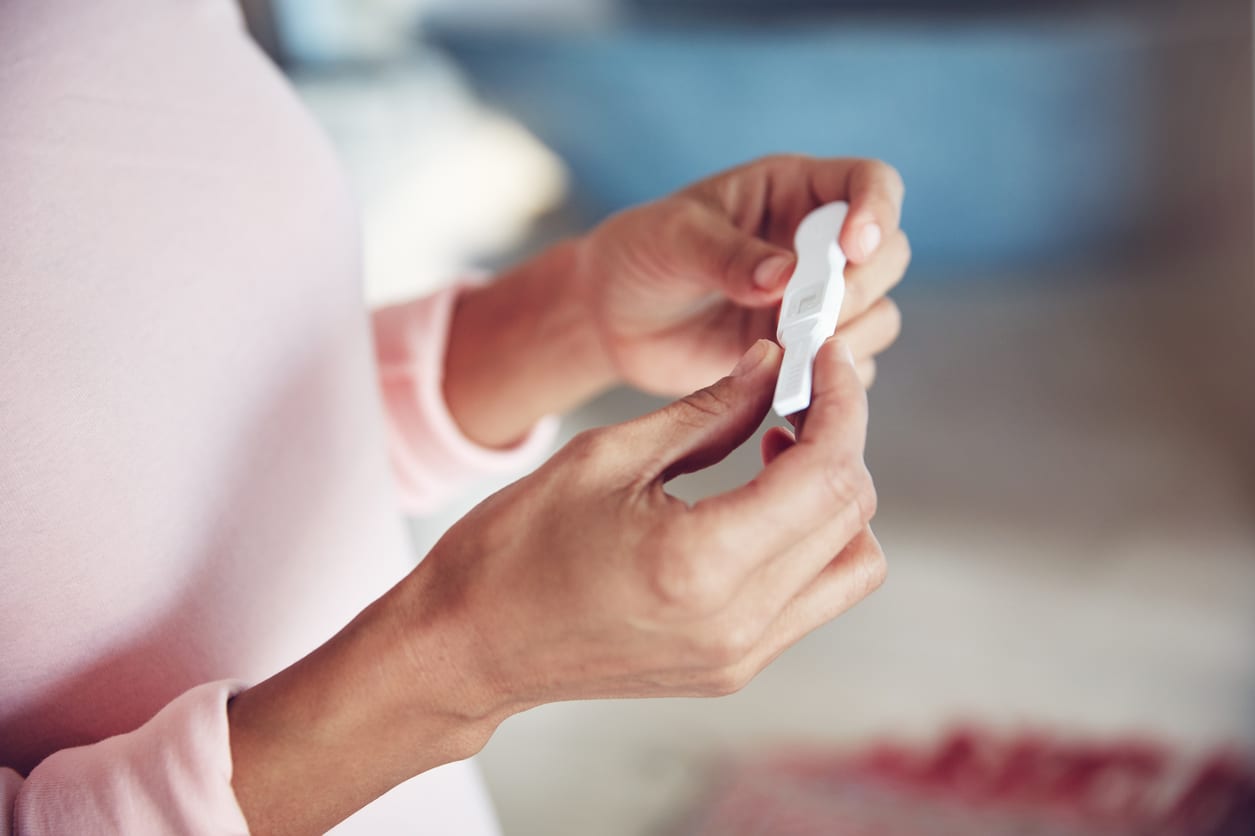Trending Now
So many myths that we still believe center around what we affectionately refer to as “Old Wives’ Tales”; stories from the days of yore about how they used to get it done way back when. Unfortunately for those old wives, there is little truth to many of these claims. Despite this, however, these myths have withstood the test of time. One area particular subjected impacted by this stuff of legend is fertility. We are going tackle four of the biggest fertility myths we still believe and try to understand why we still believe them.
Myth #1: Fertility suffers a HUGE drop off after age 35
Though it is true that fertility does drop progressively with age, 35 isn’t some magic age when the oven stops cooking the buns. There are a NUMBER of factors that play a role in a woman’s (and man’s) ability to conceive a child after 35. Studies do indicate there is a relationship between increasing age and a reduction in probability of pregnancy; however, the inability to conceive increases from 8% among 19-26 year olds to 18% to 35-39 year olds. So while there is a positive correlation between age and infertility, the drop off is not staggering.

Photo Credit: iStock
Other factors impacting conception after 35? A general decrease in frequency of intercourse, the slightly decreasing rate of sperm production after age 35 in men, and a similar decline in fertility rates among females. Another thing about this study: the rates of infertility are determined by couples trying to conceive over a 12 month period. 12 months without a successful pregnancy classifies that couple as ‘clinically infertile’. This same study, though, says that many of these ‘infertile’ couples will conceive naturally in the second year of trying – anywhere from 43-63% of them, depending on age.

Photo Credit: iStock
And there is the ever-increasing ‘whoopsy’ pregnancy of women over 40. Basically, the myth of significantly decreased fertility is causing many women to ditch contraception as they move into their 40s. This choice is leading to a significantly higher rate of pregnancy among women over 40, nearly doubling since 1988.
Myth #2: Putting your legs in the air after sex helps you get pregnant…
We’ve read about it, seen it in movies, and maybe even had Grandma offer this wonderful little tip when she found out grandbabies may be on the horizon. Despite it all, there is absolutely zero scientific evidence to support the myth that holding your legs in the air or tucking your knees into your chest after sex will increase the probability of pregnancy. All it will do is probably make your legs go numb from the blood rushing away from your feet. Sperm are engineered to go egg hunting after ejaculation, no matter what spicy position you’ve contorted yourself into. Each male ejaculation will have anywhere from 60 million to 240 million sperm in it…so even if you aren’t tipping the axis in their favor, they’ll still likely make it to the promised land. The previously referenced study actually shows that getting up and walking around after sex had a more positive effect on conception than your post-coitus gymnastics routine.

Photo Credit: iStock
Myth #3: You can’t get pregnant during your period
This one is a bit tricky. While it is unlikely you could get pregnant during your period…it is NOT impossible. So much of this depends on the woman and her cycle. If a woman has a short menstrual cycle (21-24 days for example), and has sex while on her period, there is a chance that a man’s sperm, which can live inside you for 3-5 days after sex, could meet up with the earliest eggs of your ovulation. If you have a longer cycle, this is much less likely.

Photo Credit: iStock
Many women also experience something known as ‘breakthrough bleeding‘, which tends to occur around ovulation. This is often mistaken for a period and gives women a false sense of comfort regarding their ovulation window. If you have unprotected sex during this time period…welp…you’re giving his swimmers a whole lot of targets to shoot at.
Myth #4: Male fertility doesn’t decrease with age
Despite the Hugh Hefner’s of the world, the average male does, indeed, have a ticking biological clock. The male clock does tick a bit longer than the average woman’s, but that does not mean that there is not a significant dip in male fertility as they age. Studies show that as men age, it takes longer for their partner to get pregnant AND there is an increased risk of not conceiving at all. No matter the age of the mother, the risk of miscarriage is higher if the father is over 45. Children of older fathers are also at greater risk of autism, mental health problems, and some learning difficulties.

Photo Credit: iStock
Here are some numbers. The average time to pregnancy if the man is under 25 is 4.5 months…but it rises to nearly two years if a man is over 40. Even when using IVF, the risk of not having a baby is 5 times higher when the male partner is over 40. Additionally, the volume and motility of a man’s sperm decreases continually between ages of 20 and 80.
And, as has been commonly studied, male testosterone dips dramatically as they age. As testosterone dips, sperm production dips, and sex drive dips. All factors impacting conception and fertility.






